Coquimbo
Chile
South America
avocado
lemon
“I have been practicing Agnihotra for twenty years together with my family and also the Om Tryambakam fire. Here are some of many experiences with Homa Therapy in agriculture:”
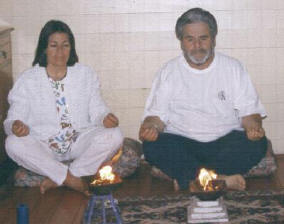 “My house has a patio area of fifteen meters and the land was so hard, that the pick or the hoe bounced off. In this patio I have a space of approximately three meter length where I now cultivate vegetables (sweet corn, beans, beets, broccoli, tomato, lettuce) using Agnihotra ash as a fertilizer. I put the ash in a cotton bag and let the hose with the water run through it. I also fumigate the plants with the Agnihotra ash water solution to avoid pests and diseases. I have one bed (1.5 sqm.) with parsley and one with cilantro (corriander). I treat them like you have to treat any other vegetables, but only fertilize them with Agnihotra ash and the production is so much, that I can share with my neighbours. Some of them also participate in Agnihotra and use the Agnihotra ash.”
“My house has a patio area of fifteen meters and the land was so hard, that the pick or the hoe bounced off. In this patio I have a space of approximately three meter length where I now cultivate vegetables (sweet corn, beans, beets, broccoli, tomato, lettuce) using Agnihotra ash as a fertilizer. I put the ash in a cotton bag and let the hose with the water run through it. I also fumigate the plants with the Agnihotra ash water solution to avoid pests and diseases. I have one bed (1.5 sqm.) with parsley and one with cilantro (corriander). I treat them like you have to treat any other vegetables, but only fertilize them with Agnihotra ash and the production is so much, that I can share with my neighbours. Some of them also participate in Agnihotra and use the Agnihotra ash.”
“We have several trees, among them lemon, lúcuma, two custard apples, a fig tree, an olive tree and among them vegetable cultivations. I water them with Agnihotra ash and give each tree a little ash, so they do not need any other fertilization. For example the lúcuma tree is only two meters high, but I have to put logs under the branches, so heavy is the harvest. The lemon tree gives us lemons of the size of a tennis ball, the skin is thin and they are juicy and do not have seeds. The custard apple tree gives fruits of almost a kilo weight and of a size of a soccer ball. And the fig tree is incredible, if you eat one of them it is as if you had eaten lunch; they are almost of the size of an avocado and very juicy and sweet. All these things are benefits through the Agnihotra ash. Besides composting them with the ash I also powder them with the ash and practice continually Homa Therapy.”
“My friend, who has a lemon plantation told me that it is affected by the lice plague. I told him to spray Agnihotra ash water solution on them. After several months we meet again and he told me: The disinfectant you gave me against lice was very little and so I had to use some chemicals. The plants now are losing their leaves and are drying up. I told him, not to worry, that I have more Agnihotra ash to fumigate the trees. The next day we cut all the dry twigs and branches and fumigated with Agnihotra ash water solution, which I had prepared a few days ago for my own garden. Six or seven days after that the trees started to sprout again, it was as if the trees had never been sick, they had a special shine in their leaves and they had many flowers for future fruits, thanks to the Agnihotra ash water.”
“Another direct experience I had proves the efficacy of the Agnihotra ash for agricultural purposes. A friend had a lemon orchard of about 100sqm with one olive tree heavily attacked by a pest. We applied Agnihotra ash and the tree revived completely. We also put the ash on the surrounding trees to prevent the spreading of the pest. Once more the ash proved its power in healing and prevention.”
“Another very good experience was with an avocado plantation. They are very delicate, even a strong wind can break the branches and the tree is prone to contract any disease. One afternoon I passed by a friend and he showed me their orchard. I noticed the leaves yellowish. I explained him Agnihotra and the use of the ash, but he said he cannot risk anything, since he has made a huge investment on this land. So I proposed that he leave 4 lines of trees for me and my treatment and the other 40 or 50 were his. I said, that I would harvest more in those 4 lines, than him in the rest, in proportion to the land. So we did it. My wife, my friend and I did Agnihotra on three different spots, we also did a couple of hours Tryambakam daily beside treating the trees with ash powder, fumigating them with the ash solution and giving them ash fertilizer (Tryambakam ash). After a short time already we could see, that the avocado trees became the same shiny and healthy leaves as the plants inside our house. The plants treated with agro chemicals showed yellowish leaves and did not look well at all, so that he finally decided to go completely Homa. Well, we never have anymore a shortage of Avocados in our home, our friend keeps supplying us. Things like this can happen anywhere, where Agnihotra, the science of resonance, is used. The results are really optimal.”
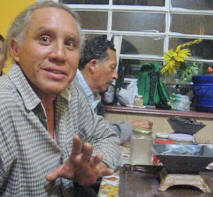 The size and diameters of turnips or cabbage can be very large. The size of each fruit, leave, etc. is bigger. The taste and healing qualities of herbs on a Homa farm are very strong. Continue reading “Agronomist Jorge del Busto’s Observations”
The size and diameters of turnips or cabbage can be very large. The size of each fruit, leave, etc. is bigger. The taste and healing qualities of herbs on a Homa farm are very strong. Continue reading “Agronomist Jorge del Busto’s Observations”

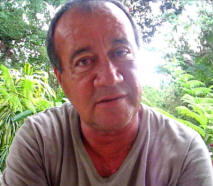 I simply smiled, but I did Agnihotra under the tree. I did not think that this tree, which only served for fuel, could have a reaction. But the big surprise came after 15 days – the tree began to show signs that something was happening.
I simply smiled, but I did Agnihotra under the tree. I did not think that this tree, which only served for fuel, could have a reaction. But the big surprise came after 15 days – the tree began to show signs that something was happening. 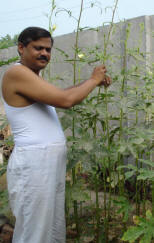 Here everything is in good progress. We are sending you some pictures of the vegetables from our little HOMA ORGANIC GARDEN in Amalner city, Maharashtra which is in the dry land region of Central India where temperatures reach up to 48 degrees in summer.
Here everything is in good progress. We are sending you some pictures of the vegetables from our little HOMA ORGANIC GARDEN in Amalner city, Maharashtra which is in the dry land region of Central India where temperatures reach up to 48 degrees in summer. 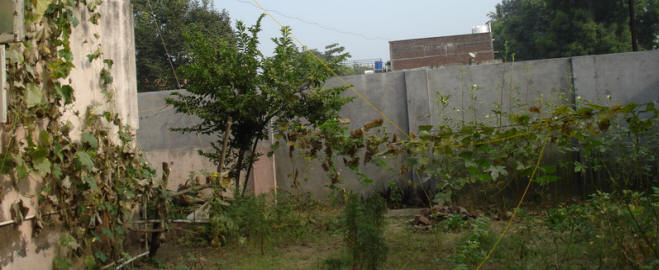
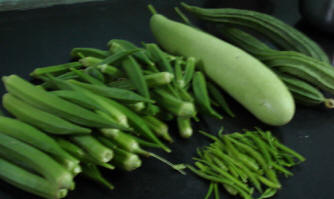
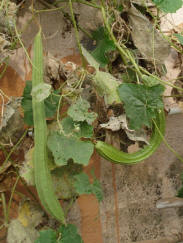
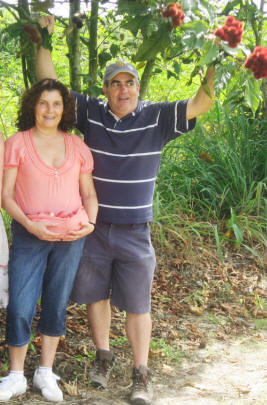 “So before building a house, I had a Homa Resonance Point installed with the Agnihotra and the Tryambakam huts and the resonance columns. Every day, I and the employees did Agnihotra and Tryambakam, sometimes up to 6 hours and 24 hours on a full moon and new moon.”
“So before building a house, I had a Homa Resonance Point installed with the Agnihotra and the Tryambakam huts and the resonance columns. Every day, I and the employees did Agnihotra and Tryambakam, sometimes up to 6 hours and 24 hours on a full moon and new moon.”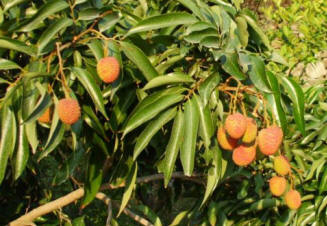
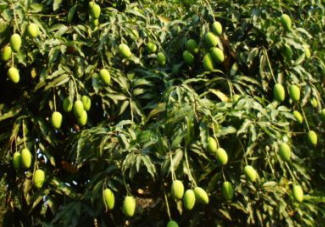
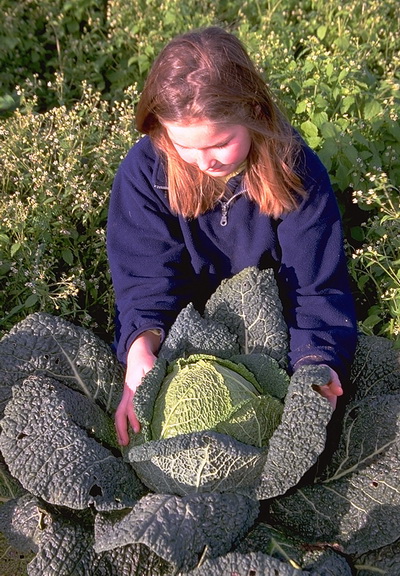
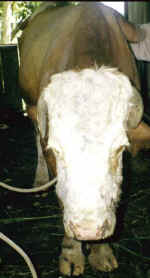 I greet you very cordially through the present letter and at the same time take advantage of the opportunity to thank you so much, for the possibility given to me to work with an ecological and organic technique called Homa Therapy in the rearing of my cattle. In this technique no chemical substances or veterinary products are used. The results are wonderful and achieved in a very short time. It is really surprising, but the execution is very easy and most important, extremely economic.
I greet you very cordially through the present letter and at the same time take advantage of the opportunity to thank you so much, for the possibility given to me to work with an ecological and organic technique called Homa Therapy in the rearing of my cattle. In this technique no chemical substances or veterinary products are used. The results are wonderful and achieved in a very short time. It is really surprising, but the execution is very easy and most important, extremely economic.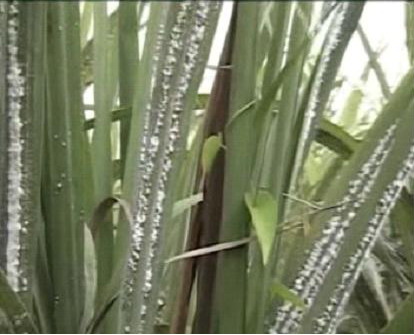
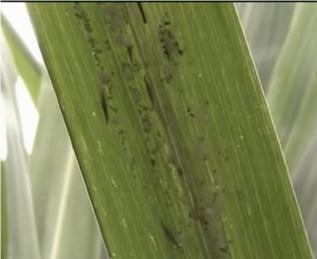
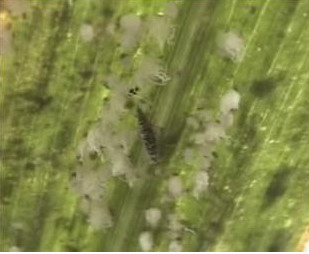
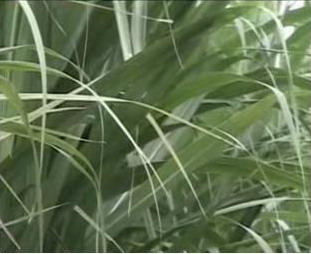
 “My house has a patio area of fifteen meters and the land was so hard, that the pick or the hoe bounced off. In this patio I have a space of approximately three meter length where I now cultivate vegetables (sweet corn, beans, beets, broccoli, tomato, lettuce) using Agnihotra ash as a fertilizer. I put the ash in a cotton bag and let the hose with the water run through it. I also fumigate the plants with the Agnihotra ash water solution to avoid pests and diseases. I have one bed (1.5 sqm.) with parsley and one with cilantro (corriander). I treat them like you have to treat any other vegetables, but only fertilize them with Agnihotra ash and the production is so much, that I can share with my neighbours. Some of them also participate in Agnihotra and use the Agnihotra ash.”
“My house has a patio area of fifteen meters and the land was so hard, that the pick or the hoe bounced off. In this patio I have a space of approximately three meter length where I now cultivate vegetables (sweet corn, beans, beets, broccoli, tomato, lettuce) using Agnihotra ash as a fertilizer. I put the ash in a cotton bag and let the hose with the water run through it. I also fumigate the plants with the Agnihotra ash water solution to avoid pests and diseases. I have one bed (1.5 sqm.) with parsley and one with cilantro (corriander). I treat them like you have to treat any other vegetables, but only fertilize them with Agnihotra ash and the production is so much, that I can share with my neighbours. Some of them also participate in Agnihotra and use the Agnihotra ash.”